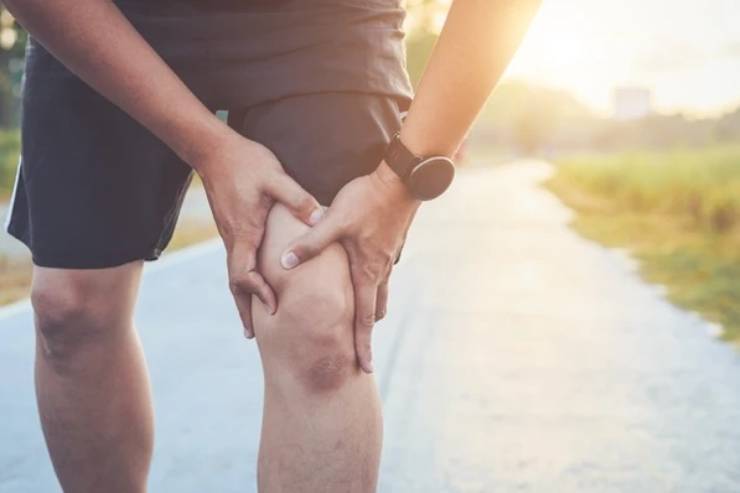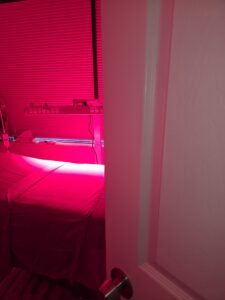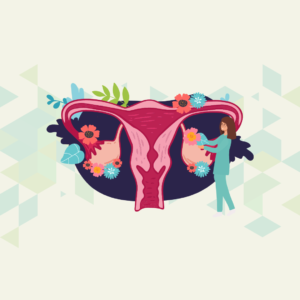Knee pain is a common complaint that can arise from various causes, including injuries, inflammation, or degenerative conditions. For individuals seeking holistic and natural approaches to alleviate knee pain, acupuncture stands out as a centuries-old practice that targets specific points on the body to promote healing. In this blog post, we will delve into the world of acupuncture and explore the key acupuncture points for knee pain that can effectively address.
Some major cause of knee pain is listed below:
1. Injuries:
sports-related impacts which may result in ligament tears or factures or from accidents.
2. Wear and tear (Overuse):
Repetitive movements, such as jumping or jumping can lead to a strain on the knee joint.
3. Osteoarthritis:
Occurs due to the degeneration of the knee’s cartilage over time, leading to pain, stiffness, and limited mobility.
4. Obesity (Excessive Weight Gain):
Excess body weight can put a strain on the knee joints which leads to pain and discomfort.
5. Tendinitis:
Excessive strain on the joint may cause inflammation around the tendons of the knee.
Natural Ways to Alleviate Knee Pain:
1. Maintain a healthy weight to help alleviate pressure on the knee joints.
2. Engage in low-impact exercises such as gentle stretching, swimming, or cycling.
3. Consume anti-inflammatory herbs such as turmeric or ginger to aid in reducing knee pain.
4. Apply a warm compress to help soothe knee pain.
Understanding Acupuncture Points for Knee Pain:
Acupuncture, rooted in traditional Chinese medicine, operates on the principle that vital energy, or Qi, flows through meridians in the body. By stimulating specific acupuncture points, practitioners aim to rebalance the flow of Qi, promoting healing and reducing pain. For knee pain, acupuncture targets points associated with the knee joint, surrounding muscles, and meridians related to lower extremities.
Key Acupuncture Points for Knee Pain:
Xiyan (Extra Point):
Located just below the patella, Xiyan is an extra point directly associated with knee pain relief. Stimulation of this point aims to reduce inflammation and improve blood circulation around the knee joint.
Dubai (ST35):
Also known as the ‘Commanding Middle,’ ST35 is situated just below the patella, in the depression at the front of the knee joint. This point is commonly used for addressing knee pain, arthritis, and swelling.
Liangqiu (ST34):
Positioned just above the patella, Liangqiu is an acupuncture point that targets knee pain and stiffness. It is particularly effective in cases of acute injuries or chronic conditions like osteoarthritis.
Xuehai (SP10):
Located on the inner thigh, about three thumb-widths above the knee joint, Xuehai is associated with promoting blood circulation and addressing knee pain, especially related to conditions like arthritis.
Yanglingquan (GB34):
Found on the lateral side of the knee joint, in the depression in front of the head of the fibula, Yanglingquan is a vital acupuncture point for knee pain relief, muscle cramps, and stiffness.
Heding (EX-LE2):
Situated about one inch below the patella, Heding is an extraordinary point used specifically for knee pain and stiffness, helping to improve mobility.
Acupuncture Points for Knee Pain: How It’s Work?
Promoting Blood Circulation:
Acupuncture stimulates blood flow to the knee joint, facilitating the delivery of nutrients and oxygen for tissue repair and reducing inflammation.
Relieving Muscle Tension:
By targeting specific points, acupuncture helps relax muscles around the knee, reducing tension and promoting flexibility.
Modulating Nerve Activity:
Acupuncture influences the nervous system, helping to modulate pain signals and alleviate discomfort.
Conclusion:
Acupuncture provides a natural and holistic approach to managing knee pain by targeting specific points associated with the knee joint and surrounding areas. As an ancient practice with a growing body of supportive evidence, acupuncture stands as a viable option for those seeking relief from knee pain without the side effects associated with conventional treatments. Consult with a qualified acupuncturist to embark on a personalized journey toward improved knee health and overall well-being.
Consulting with a Qualified Acupuncturist:
To experience the full benefits of acupuncture for knee pain, it is crucial to consult with a qualified acupuncturist. These professionals can assess your condition, identify the root causes of knee pain, and tailor a treatment plan that targets specific acupuncture points to address your unique needs.
If you are ready to have increased range of motion, increased flexibility and reduced pain book your acupuncture appointment today.




